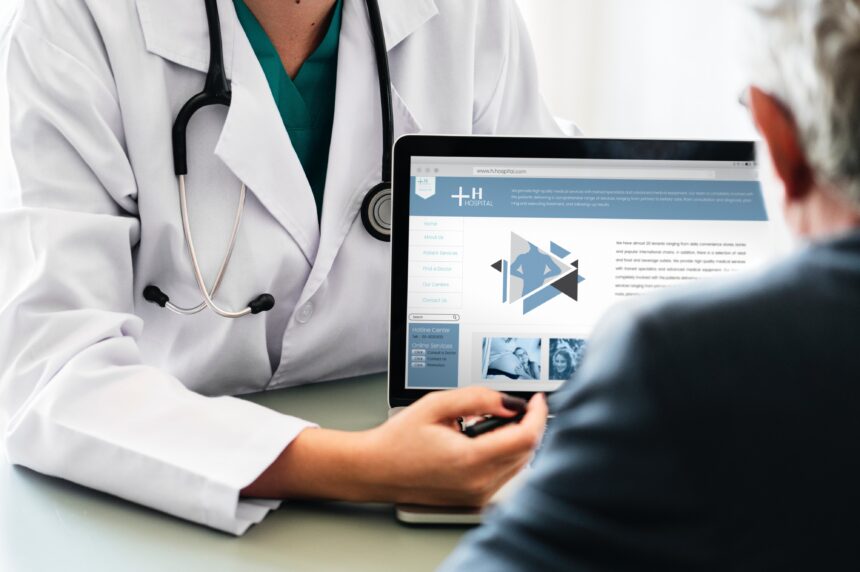Crucial interests of medical practitioners like preventing and managing disease, improving functionality and performance, and optimizing health are fueled by advancing technology. The healthcare industry has changed rapidly in recent decades, making access to high-quality, transformative care easier than ever before. The ability of researchers to share new innovations across disciplines has never been greater. What was previously that domain of science fiction movies has now become an achievable reality. Here are just a few ways that the practice of medicine has skyrocketed in effectiveness in recent years.
Telehealth
Telehealth refers broadly to the use of communication technology, most notably the internet, to deliver healthcare. Many primary care physicians and specialists can now consult with patients remotely using internet connections. This has enabled millions of people to access healthcare who previously could not, particularly in rural areas. The elderly and those without access to adequate transportation often face difficulty reaching a physical hospital or clinic, so the option of remote doctor visits is an attractive alternative.
Successful brain surgery using a 5G internet connection was even successfully accomplished recently by a team of Chinese scientists. One of the major burdens which add to cost and prevents access to quality care is the “gatekeeper” role that many primary care doctors play, meaning that seeing a specialist first requires a referral from the primary care physician. Telehealth could reduce that barrier. Telehealth also streamlines administration, which is a significant cost and results in lower prices for visiting doctors. A recent study of the NHS, England’s national health service, discovered billions of pounds on possible savings if telehealth were introduced on a wider scale in the country.
Stem Cell Therapy
Stem cells are grown in cultures and then specially directed to turn into specific adult cells which can then be used to regenerate lost tissue. This technology has a wide array of applications, including the regenerative effect of a stem cell for knees. Shoulders and other joints that have been damaged from misuse or injury may be repaired through stem cell therapy as well. Research is ongoing for the treatment of many other diseases, including Alzheimers’s Disease and other debilitating neurological conditions using stem cells.
It was previously thought that certain tissues or organs could not be stimulated for regrowth, but stem cell therapy is changing this perception. Stem cell therapy has become a primary interest for regenerative medicine specialists who focus on repairing damaged tissues in the body. In the early phases of stem cell therapy, procedures often led to complications as the “host” cells in the body were not compatible with the donated cells. However, due to ongoing research, the success rate of stem cell therapy has climbed steadily. The current application of stem cells are somewhat limited, but as the technology develops many more uses for stem cells will likely increase. It may be possible in coming years to return function lost to debilitating injuries like spinal cord injury and even to restore eyesight and hearing in the blind and deaf.
Gene Splicing and DNA Manipulation
DNA is the “master code” for the human body, playing an important role in disease progression. Damaged DNA is a major contributing factor to how and when certain diseases like cancer and autoimmune conditions develop. Editing DNA is the process of adding or removing genes with the goal of treating or preventing diseases in which DNA plays a role. Changing the function of enzymes which are responsible for copying, editing, and joining DNA is also an area of interest. Often, faulty DNA is inherited from a person’s parents, explaining the hereditary nature of many conditions like a predisposition to cancer and heart disease. CRISPR is an exciting new gene-editing technique introduced in 2019 that was adapted from gene editing that occurs in bacteria.
Conclusion
When considering the possibilities of modern medicine to dramatically improve health for large numbers of people, it is important to consider that these advances are still in their infancy. As governments and advocacy groups continue to pour money into research and development, the future of healthcare appears brighter than it ever has before.






